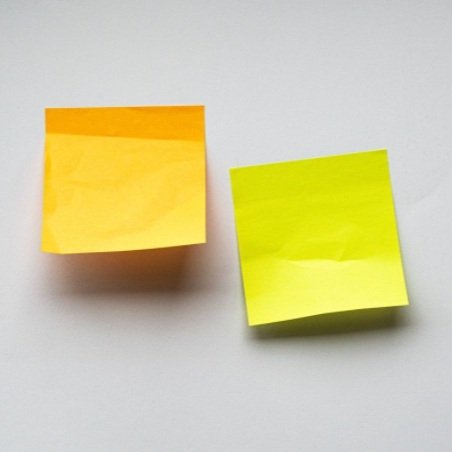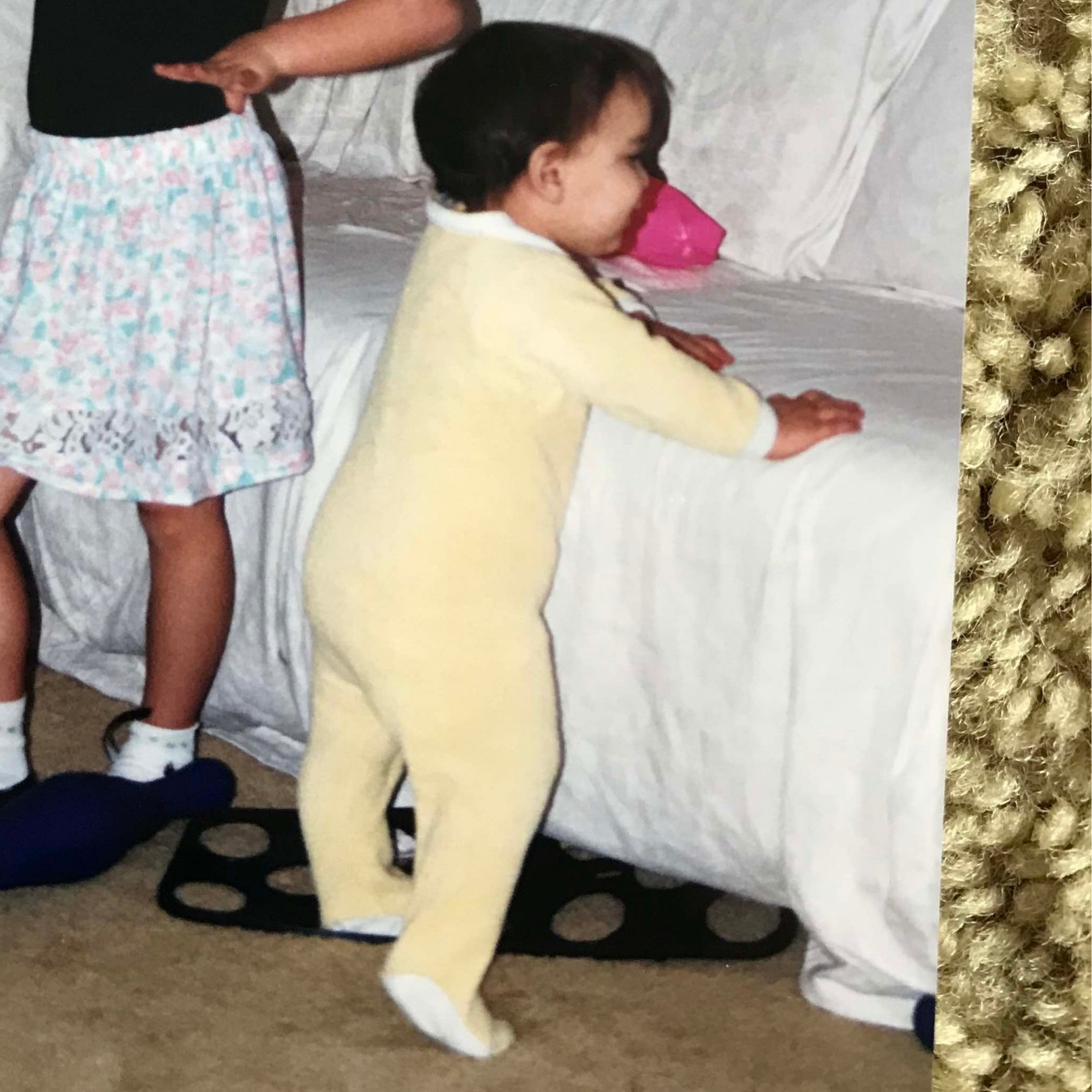Booty Scooting Instead of Crawling
Booty scooting often happens when babies avoided tummy time early on. Babies who booty scoot tend to avoid positions where their head needs to move independently from their body, like crawling requires. This preference for sitting can make pulling to stand, cruising, and walking a little more difficult.
What Should I Look for in My Baby's First Walking Shoes?
Focus on essential features like non-slip soles and flexible forefeet, but remember that barefoot walking is actually best for developing balance and coordination.
Creating a “Yes” Play Space for Baby
A “yes” space is an area where your baby can freely move without the need for an adult to intervene for safety. Learn how to create a play environment that your baby can safely and freely explore.
Are Baby Jumpers Good for My Baby's Development?
Are baby jumpers worth buying for your baby's development? As a pediatric physical therapist, I don't recommend them. They don't strengthen legs or help with walking.
Should I Buy a Push Toy Walker or Sit-In Walker for My Baby?
Trying to decide between push toy walkers and sit-in walkers for your baby? Push toy walkers are the clear winner. They support natural walking development, while sit-in walkers can actually delay walking and create safety risks.
Do Baby Walkers Help Babies Learn To Walk Sooner?
No, baby walkers don't help babies walk sooner. Research shows they actually delay walking development because they change your baby's natural movement patterns and reduce time spent in developmental positions like floor play and crawling that build real walking skills.
Encouraging Release of Your Baby’s Grip
Learn about the grasp reflex and a simple, effective technique for encouraging the release of your baby’s grasp.
How Motor Skills Shape Language Development
Explore the fascinating connection between motor skills and language development in infants.
Should My Baby Wear Just a Diaper for Movement and Play?
Yes, letting your baby wear just a diaper during supervised playtime is excellent for motor development. Clothing restricts movement, reduces sensory feedback, and can interfere with balance and coordination.
Encouraging a New Walker to Embrace Footwear
With a little creativity and some playful activities, you can turn shoe-wearing into an enjoyable experience for your new walker.
Supporting Independent Standing and Walking
Effective ways to help your baby gain confidence in standing on their own. Learn how to provide semi-stable support through techniques like holding hands loosely, engaging with a book, and using a teddy bear.
Celebrating Baby's First Steps
A strategy for avoiding interruptions and allowing valuable processing time during this exciting milestone.
Boost Your Baby's Walking Skills with Beach Adventures
Introducing soft and uneven surfaces like grass and sand can enhance your baby's walking skills, boost balance, and improve muscle strength.
Push Toys: A Complete Physical Therapist's Guide for Parents
Look for four key features: stability, maneuverability, speed control, and foot clearance. Introduce push toys around 9 to 12 months when your baby is cruising furniture.
How to Hold Your Baby's Hands When Learning to Walk
A simple adjustment in how you hold your baby's hands while they learn to walk can significantly improve their balance and development. Holding their hands at shoulder level rather than overhead encourages natural posture and builds confidence.
When and How to Introduce Shoes for Your New Walker
Discover the best time to introduce shoes for your new walker and how to ensure a smooth transition.
4.6.2022
Transitioning from Furniture Cruising to Independent Steps
Use sticky notes for cruising along the wall.
3.23.2022
A Pre-walking Tip Using the Couch
Support at their back helps your baby feel more secure and confident.
1.12.2022
Diapers Affect Your Baby’s Walking
But that doesn’t mean you have to stop using them!
12.8.2021


















